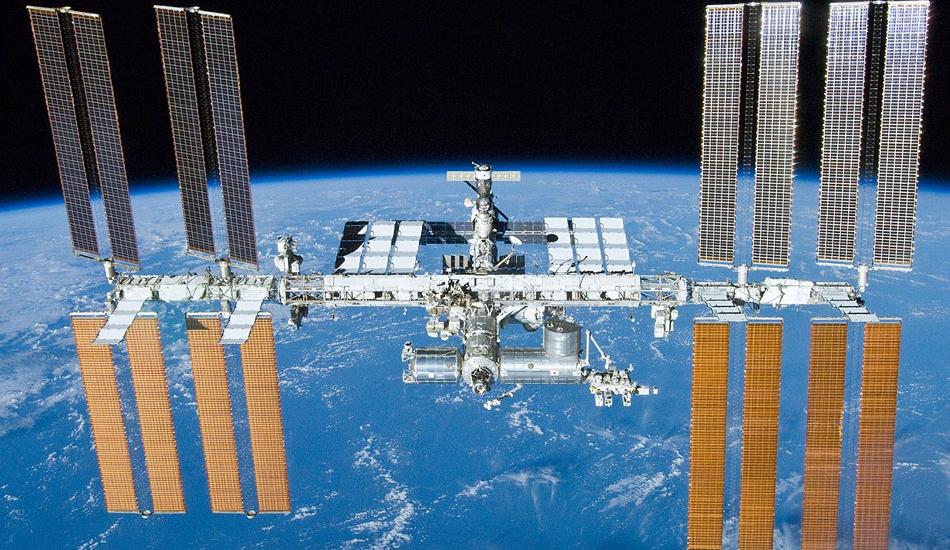Reaction Engines Passed a Major Milestone, but How Does It Compare to SpaceX?
U.K.-based aerospace manufacturer Reaction Engines has announced the successful test of its precooler at airflow temperature conditions and confirmed that it can withstand speeds of Mach 5, which is five times the speed of sound. This is a huge milestone toward the development of the SABRE engine, which will revolutionize how we access space, as ...













